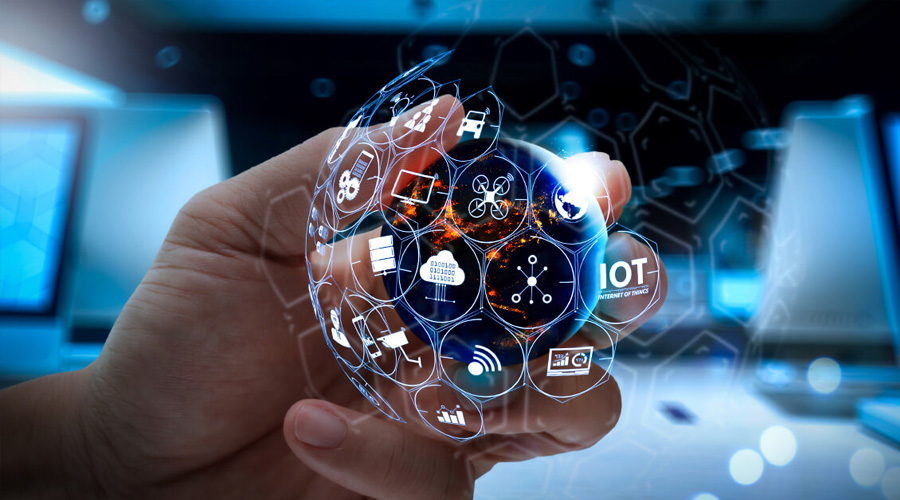The world of healthcare is a rapidly changing industry. In just the past few years, massive breakthroughs in technology have changed the face of medical systems, propelling the healthcare sector forward into new high-tech lands.
From artificial intelligence and robotics to 3D printing and virtual reality, cutting-edge technologies are transforming how medical professionals care for and treat future patients. Keep reading for eight high-tech solutions powering healthcare in 2023.
In This Article
Mobile command units for first responders
In a mass casualty incident, time is of the essence, which is why emergency responders rely on mobile command units for quicker response and aid times. A mobile command center is a self-contained vehicle that serves as a command post for first responders, tracking ambulances and other medical vehicles no matter how rural the area is.
Equipped with necessary communication and computing equipment, mobile command centers also provide a place for first responders to take a break and regroup during taxing emergencies.
Virtual reality for training and education
Medical professionals have begun utilizing virtual reality more frequently for training purposes, allowing students to receive hands-on experience without risking patient health. VR is also an excellent resource to help educate patients about different conditions and possible treatments.
For example, a medical professional can use VR programs to show patients how to take their medication correctly or administer CPR in case of an emergency. Virtual reality training resources are often more realistic and immersive than traditional methods, allowing students to learn faster and better retain information.
Smart implants and wearables
Innovative implants and wearables are becoming increasingly commonplace in healthcare as tech-based solutions propel smart devices forward. Devices can monitor a patient’s health in real-time and provide valuable data to doctors without forcing patients to take handfuls of unnecessary trips to the emergency room.
For example, a wearable device can monitor a patient’s heart rate and send alerts to their doctor if suspicious changes occur. Intelligent implants— like pacemakers— can also automatically provide treatment when needed. Additionally, other innovative implants that release drugs slowly over time are in the development and testing phases.
Artificial intelligence in diagnosis and treatment
Medical professionals are using artificial intelligence more and more in healthcare settings. For example, AI-powered chatbots can provide information about symptoms and medications, eliminating long wait times for customer care.
AI is also being used to develop new treatments and drugs. For example, IBM’s Watson computer system has helped discover new cancer treatments and personalized medicine regimens based on individual-specific genetic makeup.
3D printing in surgery and prosthetics
3D printing is also seen an uptick in healthcare-related fields to create custom-made implants and prosthetics. Medical professionals also use 3D printing to develop organs and body-part models, helping surgeons plan tricky procedures and better understand the patient’s anatomy.
Additionally, 3D printers can design accurate artificial skin and tissues, which can help treat burns and other injuries. Not only is 3D printing more precise than traditional methods, but it can also be a faster and less expensive alternative.
Robotics in surgery and rehabilitation
Robotics are another example of powerful tech taking over the health care industry. For example, medical professionals use engineering solutions for intricate surgeries, like knee and hip replacements. Additionally, medical centers often use robotics for rehabilitation, helping patients with mobility issues bypass complete immobility.
Whether a surgeon or therapist controls the device or the robotic is autonomous, these innovations can perform various tasks, like administering medication or assisting in surgeries.
Telemedicine
Telemedicine uses technology to provide healthcare services remotely, focusing on consultations, diagnosis, and treatment. As a result, telemedicine connects patients with doctors in different locations, allowing both rural and city folk to link with specialists worldwide.
Telemedicine can also provide care to patients in remote areas or those unable to travel to a healthcare facility. By providing telemedicine services, medical centers offer more accessible care, ultimately treating more patients than ever before.
Mobile health apps
Medical professionals have begun jumping on the application bandwagon—and for a good reason. Mobile health apps can provide healthcare services to patients regardless of location, allowing quick access to symptom and medication information. In addition, patients can use devices for fitness tracking, chronic condition management, and appointment setting.
Patients can also use wellness apps to track their health, manage their care, and educate themselves on various health topics. By having health data at their fingertips, patients can be more proactive about their health and make better decisions about their care, leading to fewer doctor visits, lower costs, and improved health outcomes.
Conclusion
The use of technology in healthcare is increasing every year, with innovation after innovation streamlining medical care in institutions worldwide. Between quicker wait times, improved accuracy, and increased accessibility, tech in medicine saves lives one device at a time. Ultimately, the increased use of technology in healthcare leads to better patient outcomes and improved access to care.




